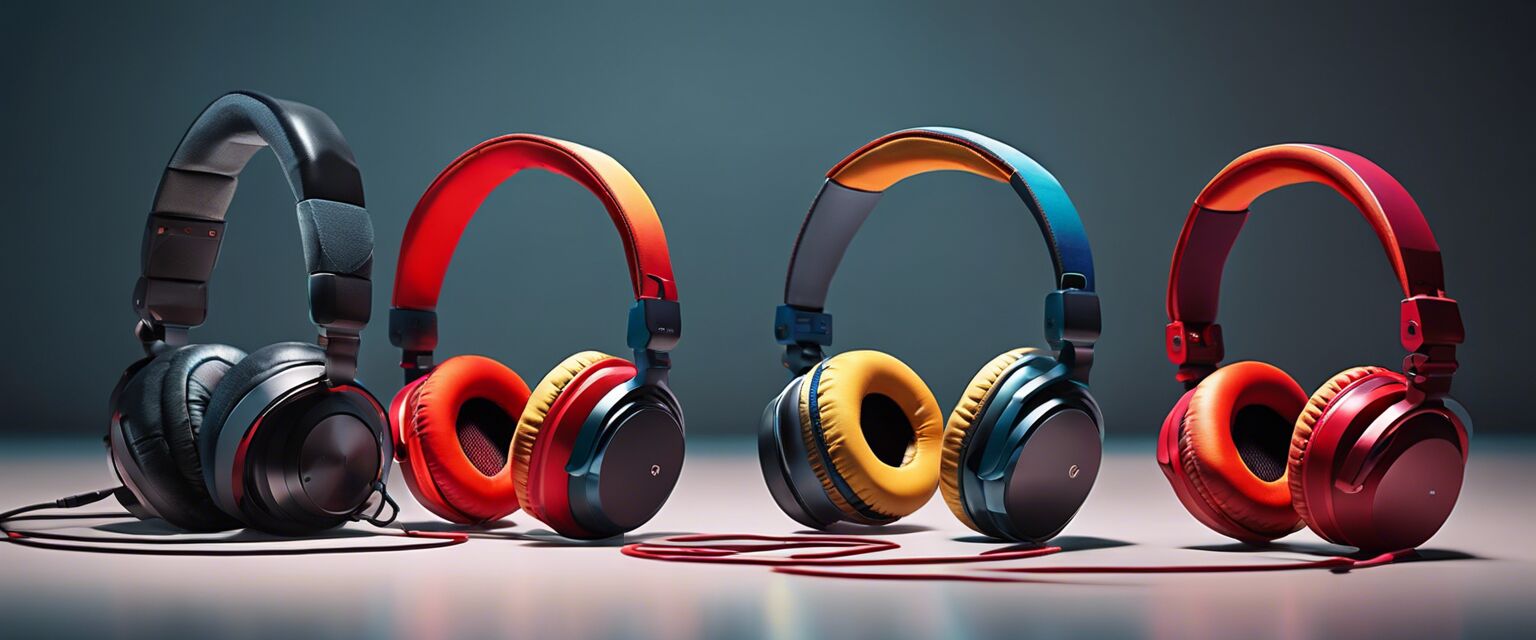
Soundproofing Solutions
Key Takeaways
- Understanding types of soundproofing materials is essential.
- Effective soundproofing improves audio quality for studios and home recording spaces.
- Budget-friendly options are available for both professionals and amateurs.
- Installation can be DIY, or professionals can be hired for larger projects.
Creating a quiet and controlled environment is crucial for musicians, podcasters, and broadcasters. Soundproofing not only reduces unwanted noise but also enhances the overall audio quality of recorded material. In this article, we explore various soundproofing solutions to help you achieve the best results, whether you're setting up a home studio or enhancing a broadcast space.
Types of Soundproofing Solutions
| Type of Soundproofing | Description | Best Uses |
|---|---|---|
| Acoustic Foam Panels | Soft foam panels that absorb sound waves. | Recording studios |
| Mass Loaded Vinyl (MLV) | Dense material that blocks sound transmission. | Walls, ceilings, and floors |
| Soundproof Curtains | Thick curtains that dampen noise from outside. | Windows and doors |
| Bass Traps | Specialized panels that control low-frequency sounds. | Studio corners |
Choosing the Right Soundproofing Materials
When it comes to soundproofing, not all materials are created equal. Understanding the specific needs of your space will guide your selection. For detailed guidance, you can refer to our soundproofing materials product page, which breaks down popular products and their applications.
Acoustic Foam Panels
Acoustic foam panels are one of the most common soundproofing solutions. They are affordable, easy to install, and effective at absorbing high-frequency sounds. Placing these panels strategically around your recording environment can significantly reduce echoes and sound reflections.

Mass Loaded Vinyl (MLV)
Mass loaded vinyl is a versatile material that offers excellent soundproofing qualities. Its heavy nature makes it an efficient barrier against sound transfer. It can be used as an underlayment for floors, ceilings, or even walls.
Soundproof Curtains
Soundproof curtains are a popular solution for homeowners. They can significantly block out external noise when placed over windows or doors. Look for thick, layered curtains that are designed specifically for soundproofing.

Bass Traps
Bass traps are an essential addition to any studio space. They specialize in managing low-frequency sound waves that can cause muddiness in recordings. Placing bass traps in the corners of your room will help enhance the clarity of your audio.
Installation Tips
Beginnerâs Section: Installation Tips for Soundproofing
- Start by evaluating your space and identifying noise sources.
- For foam panels, use adhesive spray or double-sided tape for easy application.
- Consider layering materials for enhanced soundproofing.
- Donât forget about the ceiling and floor; they are also sources of sound transmission.
- Test your space before and after installation to see what works best.
Cost of Soundproofing Solutions
The cost of soundproofing solutions can vary widely, depending on the materials chosen and the size of the area to be treated. Below is a general pricing guide:
| Material | Average Cost per Unit | Estimated Coverage |
|---|---|---|
| Acoustic Foam Panel | $30 - $50 | 1 Panel = 2 sq. ft. |
| Mass Loaded Vinyl | $1 - $3 per sq. ft. | Varies by weight |
| Soundproof Curtains | $50 - $200 | Varies by size |
| Bass Trap | $50 - $100 | 1 Trap = 2 sq. ft. (corner) |
Pros and Cons of Soundproofing Solutions
Pros
- Improves audio clarity and reduces noise pollution.
- Diverse range of materials and prices available.
- DIY options are often possible, saving on installation costs.
- Enhances the overall experience in creative environments.
Cons
- Some materials may require professional installation.
- Can become expensive with larger areas.
- May need to be replaced or upgraded over time.
- Not all products deliver the same level of soundproofing.
Conclusion
Choosing the right soundproofing solutions is essential for creating a quiet and effective recording environment. Whether you're a musician, podcaster, or broadcaster, understanding the various materials and methods available to you can make all the difference. To learn more about specific products, check out our soundproofing materials section, or explore our guides on audio interfaces and microphones to enhance your recording setup further.
Additional Resources
For more information and tips on audio products, make sure to check our detailed product reviews on:








